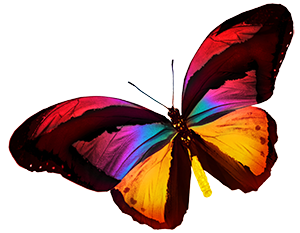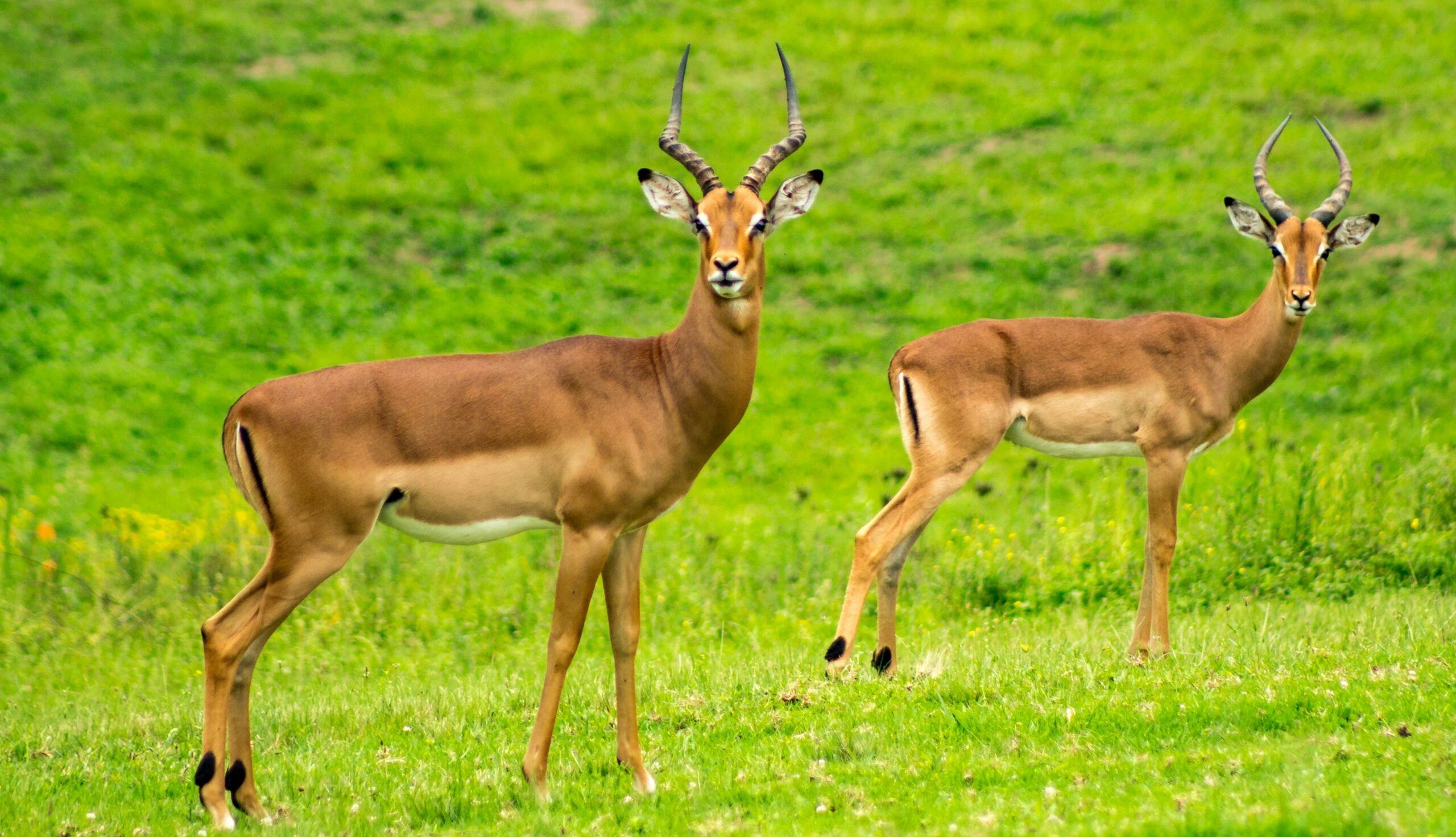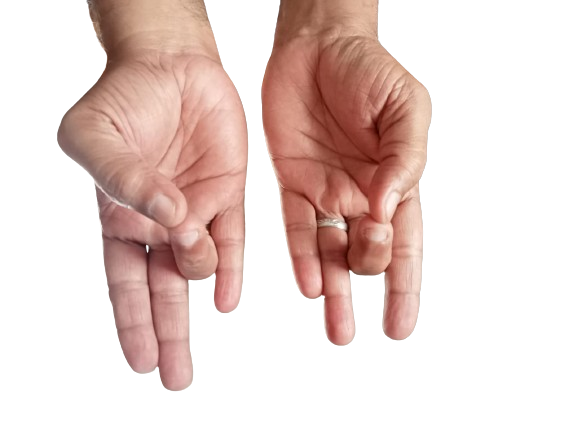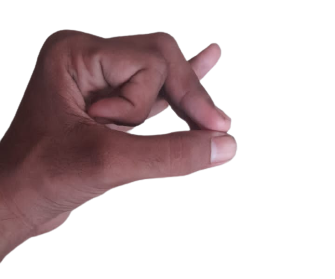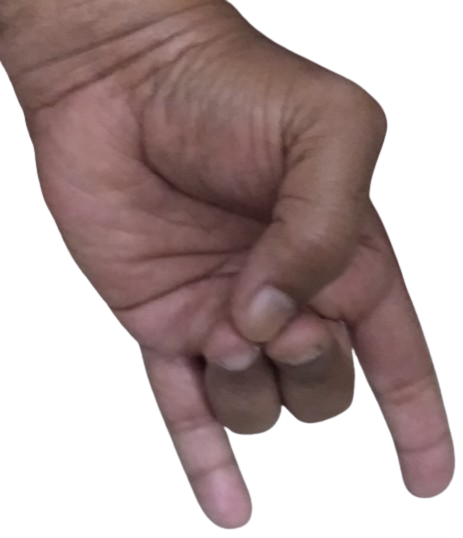We have, in one of our earlier posts, explained the benefits and how-to-do of Cobra Pose. Today's pose is yet another challenging backbend yoga poses as Raja Kapotasana. In Sanksrit, 'Bhujanga' means 'snake'. The reason behind the name is explained in the post on Cobra Pose.
(புஜங்காசனம் பற்றிப் பார்க்க இந்தப் பக்கத்திற்குச் செல்லவும்).
King Cobra Pose stimulates manipura, anahata, visudhdhi, guru, ajna and sahasrara chakras. Hence, the pose energizes the whole body; the ability to attract universal energy develops; love and affection for fellow beings develop. Chakras in the head are energy centers that promote wisdom, intuition and help us experience our body with universal energy.
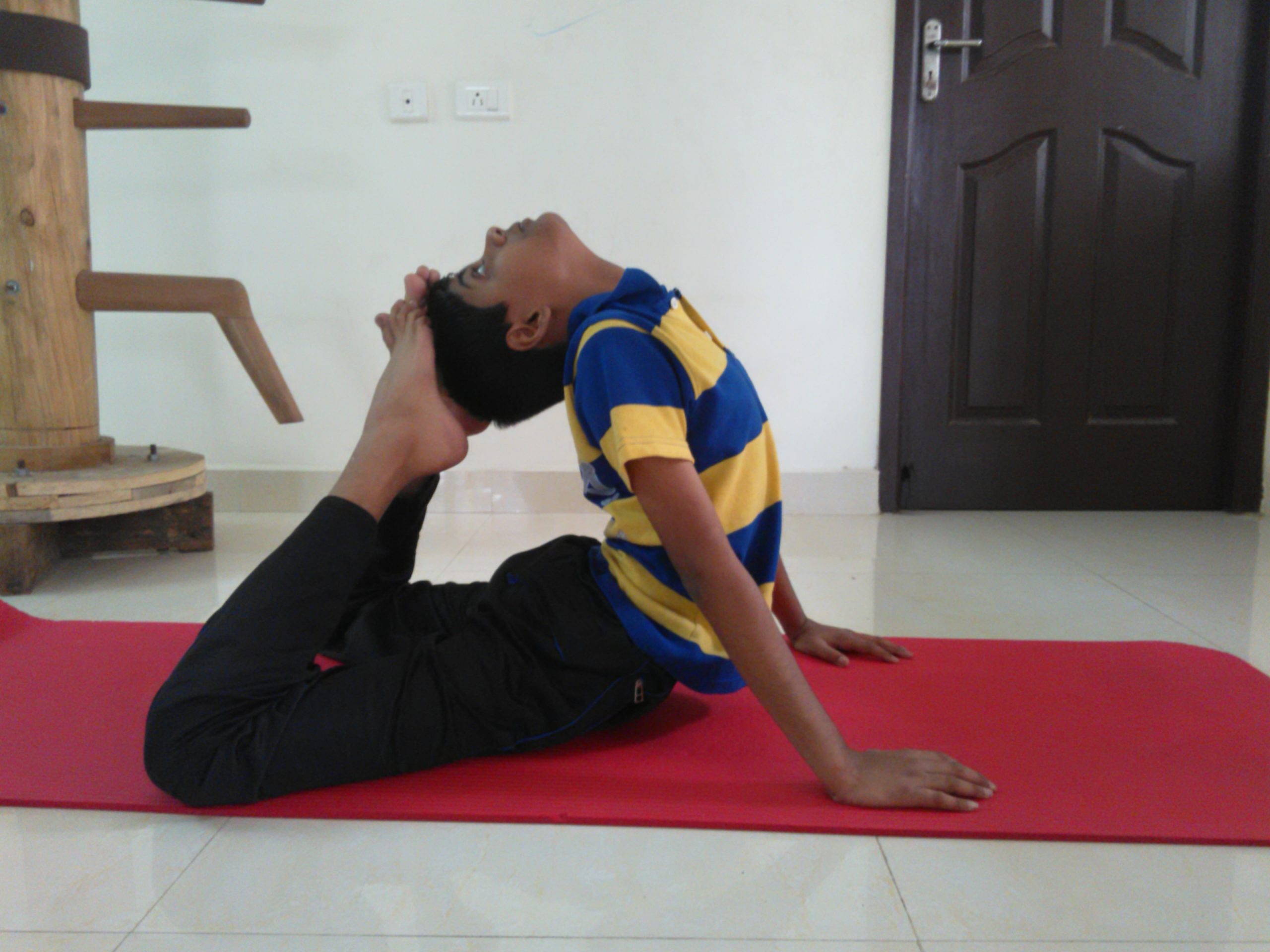
Other Benefits of King Cobra Pose
- Stretches and strengthens the spine
- Strengthens back muscles
- Lung function improves
- Improves heart health
- It boosts immunity.
- Strengthens shoulders, neck and wrists
- Regular practice of the pose improves hip flexibility.
- Reduces excess fat in hips, tummy and thighs
- Regular practice of the pose helps to strengthen the nervous system.
- Regulates functions of abdominal organs
- Relieves fatigue
- Relieves menstrual disorders
- Practicing the pose helps to relieve stress.
Instructions
- Lie face down on the mat. Place your palms on the floor by the sides of your chest.
- Inhale as you lift your torso off the ground. Keep your hands stretched. Exhale.
- Draw your shoulders back.
- Place your palms firmly on the ground, fold your legs and bring your feet towards your head.
- Inhale as you arch your back further, tilt your head backwards and place your head on the feet.
- Hold the pose for 30 seconds.
- To release the pose, straighten your body, place your legs on the floor and return to starting position.
Note
Those with severe spine conditions, hip problems, high blood pressure, ulcer or hernia should refrain from practicing King Cobra Pose.
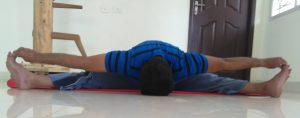
Yoga Pose for Day 97 - Wide Legged Seated Forward Fold (Upavistha Konasana)
Wide Legged Seated Forward Fold is called as Upavistha Konasana in Sanskrit. 'Upavistha' means 'seated' and 'kona' means 'angle.
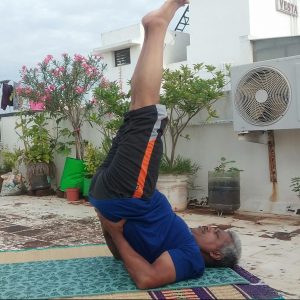
Yoga Pose for Day 95 - Legs Up the Wall Pose (Viparitakarani)
Legs Up the Wall Pose provides some of the best benefits of Headstand, the King of all Yoga poses and Shoulder Stand, famously called the Queen of yoga poses. Unlike seen in the image, the pose can be performed quite easily using support which is described in the Note section below.
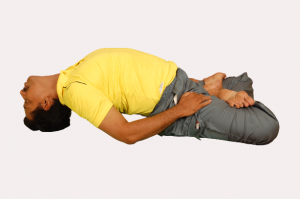
Yoga Pose for Day 94 - Fish Pose (Matsyasana)
Fish Pose is an effective counter pose for Shoulder Stand, Plough Pose and Reclining Angle Pose in which the back is in forward bend though we bend backwards.
